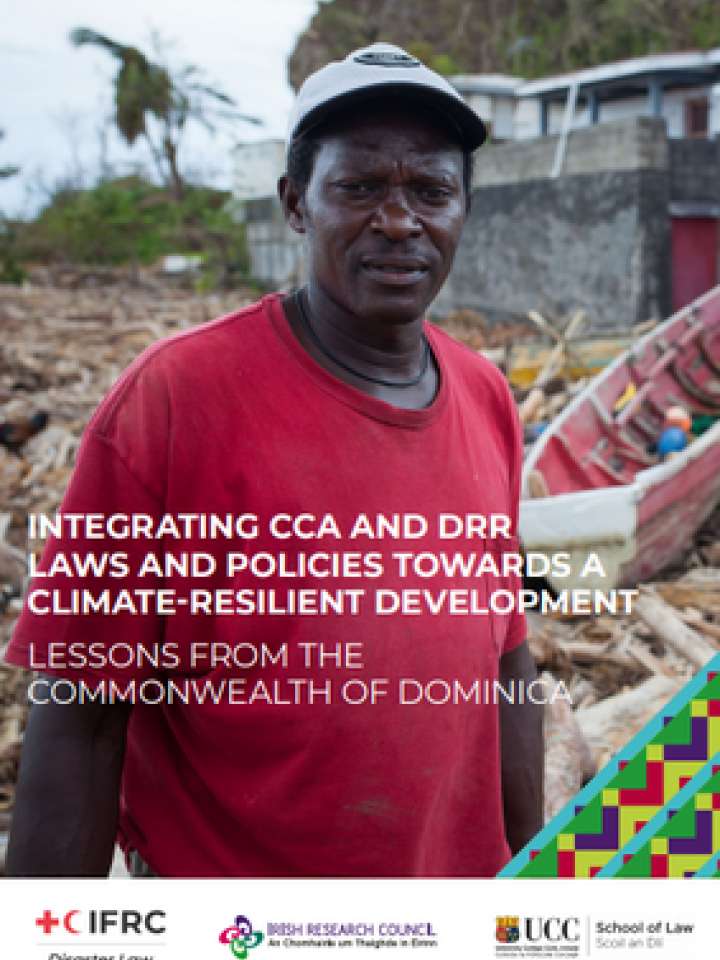Integrating climate change adaption and disaster risk reduction laws and policies towards a climate-resilient development
This study provides an in-depth analysis of the adoption of laws, strategies and plans, and the establishment of a Climate Resilience Execution Agency with a specific focus on how integrated regulatory instruments across different sectors can enhance effective and consistent action. In doing so, it builds on previous reports drafted within the broader framework of the research project on “Leave No One Behind. Developing Climate-Smart/ Disaster Risk Management Laws that Protect People in Vulnerable Situations for a Comprehensive Implementation of the UN Agenda 2030”.
The paper finds that effective climate resilience law and policies that comprehensively link risk reduction and adaptation plans to longer-term sustainable development ambitions should, among other things:
- Be based on a comprehensive strategy that provides a ‘roadmap’ for their design, sequencing and implementation.
- Build on transparent consultations with citizens (including young people, vulnerable groups and hard-to-reach populations), as well as with the widest array of other stakeholders including the private sector and relevant CSOs.
- Ensure no discrimination and be grounded in a clear assessment of localised socio-economic vulnerabilities.
- Benefit from, and contribute to, peer learning and experience-sharing among similar countries (primarily through the SIDS partnership) and regional intergovernmental agencies.
Explore further
